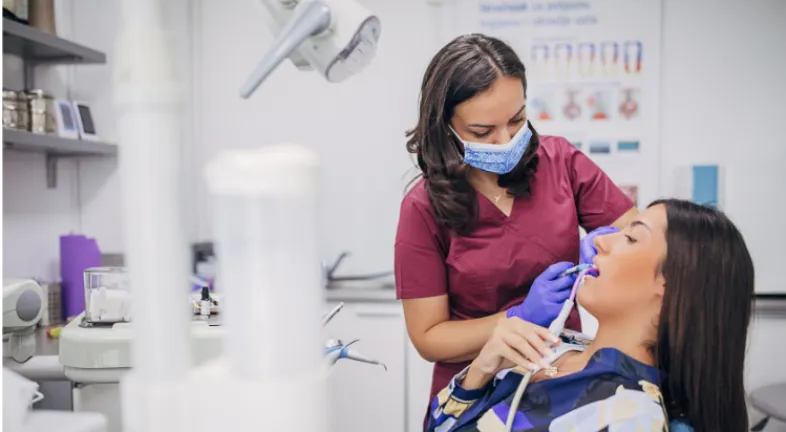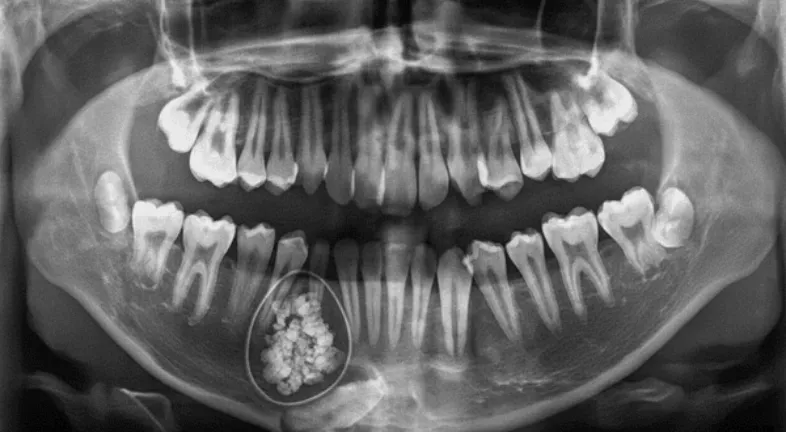
Table of Content
Achieving the perfect smile comes at a price. If you've been looking into teeth straightening solutions, you've probably come across braces. Wearing braces is the most common teeth alignment treatment. Most people have grown up with friends who wore braces during their youth. However, when you're an adult, wearing braces may not be a suitable solution.
Therefore, more and more people are looking into clear aligners for teeth and how they can help to boost smile confidence. Here is what clear aligners can do for you and your teeth and how they work:
Clear aligners are becoming a popular solution for teeth straightening because they can save you a lot of time. As explained by Dental Move Mints, a specialist in mints designed for clear aligner's wearers, new technology and innovations in 3D printing make it possible for patients to receive their aligner's kit directly at home.
All it takes to start the teeth straightening process is to register for a starter kit online. You will receive an easy-to-use impression kit that is designed to make a mould of your teeth. A specialist orthodontist uses the impression to prescribe the suitable clear aligners for teeth.
Instead of arranging for an appointment with your dentist, you can receive the same quality of service and expertise without leaving the comfort of your home, which means you can save a lot of time!Once the clear aligners are prescribed, your unique set is printed through 3D technology using BPA-free plastic trays. You will receive your invisible aligners through the mail.
Your clear aligners correct teeth alignment in the same way as braces. But, unlike braces, you don't need to pop to the dentist to get them fitted to your teeth. The mould of your teeth is used to design aligners that fit perfectly around your teeth.
The teeth straightening treatment requires, just like metal braces, regular wearing. Ideally, you should wear your clear aligners for teeth for 22 hours a day for a 10 days period to start seeing improvements without the first couple of months. However, the length of the treatment varies depending on the cases.
Mild teeth straightening situations can be resolved within a 6-month treatment, while others may require a year. Because your clear aligners are almost unnoticeable, they provide a lot more comfort and confidence to the wearer. Unlike braces, you can easily remove them to clean your teeth, without worrying about particles getting stuck in the contraption. You can also prepare your own Aligner Survival Kit for safety and keep it with you alongside as your aligner case
You don't need to get in touch with a dentist for follow-up care. You can use a monthly photo update, which is easy to set up from home, to share your progress. Additionally, you will receive regular communication and support throughout the treatment.
You don't need to head to the dentist for an upgrade on your clear aligners or worry about frequent dental visits with our remote treatment. You will receive your second and further sets, if they are required, directly via the post as you received the first clear aligners for teeth. You can find out more about how to order your clear aligner kit on the site or get in touch with our team for any questions.
Curated the best for your knowledge
.webp) Tooth Resorption: Causes, Symptoms, and Treatment Options
Tooth Resorption: Causes, Symptoms, and Treatment OptionsTooth resorption often goes unnoticed until real damage appears. Many people discover it during a routine dental visit and feel a wave of fear, wondering how such a hidden process could silently weaken their smile. The truth is that tooth resorption is more common than most expect, and early detection can make all the difference. By understanding why it happens, how it progresses, and which treatments actually work, you can protect your teeth with confidence. You don’t have to feel overwhelmed. When you know what to look for, you stay one step ahead and safeguard your long-term oral health.
Read More Teeth Troubles Explained: Causes, Symptoms & Fixes
Teeth Troubles Explained: Causes, Symptoms & Fixes Teeth problems happen when we take our pearly whites for granted. When our smile is nice and healthy, we don’t think much about it. And the moment things go south, we panic. Saving, or remaking, that smile becomes a priority. For some, though, the issues are present right from the start. Misalignment, bite issues, and teeth troubles that are more “structural” in nature. They don’t happen due to neglect; rather, they are given by luck, God, nature, whatever you believe in. That being said, no matter the type of tooth trouble, there’s a solution out there. And we’re exploring all that today, teeth diseases and treatment, one by one.
Read More Odontomas: What They Are and How They're Treated
Odontomas: What They Are and How They're TreatedSome dental conditions are quiet. Too quiet, in fact. Odontomas fall into that category. They rarely make noise, yet they change things beneath the surface. And people usually have no idea about them. While malocclusions, teeth shifting, discoloration, or other cosmetic dental issues are fairly well known, odontomas are not. So, an odontoma is technically a type of tooth tumor. It’s benign, harmless, but oddly structured. Hence, it can interfere with tooth eruption, displace teeth, or cause swelling. However, there’s more to it. Here’s a deeper dive.
Read MoreQuick Links

Heading